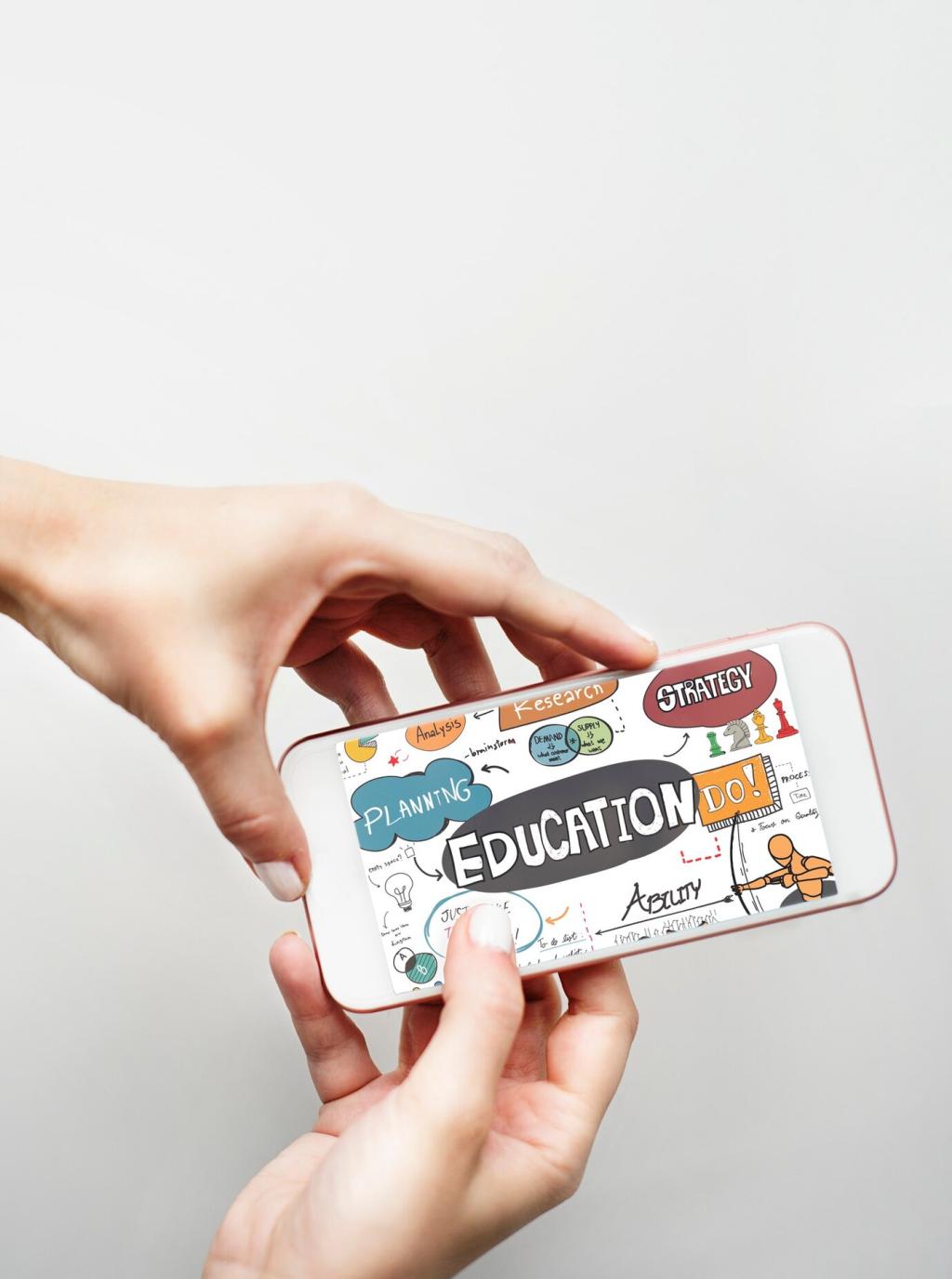Leading Educational Platforms to Watch This Year
Chosen theme: Leading Educational Platforms to Watch This Year. Explore how today’s top learning platforms are redefining skills, credentials, and community—so you can pick smart and grow faster. Have a favorite? Tell us and subscribe for updates.

What Defines a Leading Platform This Year?
Credibility and real‑world alignment
Look for platforms that collaborate with respected universities and employers, publish transparent syllabi, and map skills to real job roles. When course projects resemble actual workplace tasks, you learn faster and retain more.
Learning experience and support
Leading platforms feel welcoming from the first click: clear navigation, bite‑sized lessons, helpful nudges, and responsive support. Discussion threads, timely feedback, and mentor office hours transform passive watching into active, confident doing.
Evidence of outcomes
Seek alumni stories, portfolio galleries, and independently reviewed data on completion and placement. When platforms show progression—from beginner to project to credential to role—you gain a credible roadmap, not just a playlist of videos.


AI‑Driven Personalization Without the Hype
Smart platforms shorten lessons you’ve mastered and deepen areas where you struggle, then resurface tricky concepts days later. You notice momentum building because recommendations change with your progress, not just your initial quiz.
AI‑Driven Personalization Without the Hype
Instant feedback explains why an answer works, offers targeted hints, and links back to micro‑lessons. Coding sandboxes, language drills, and data notebooks make practice realistic, so every check feels like coaching, not grading.
Credentials That Open Doors
Leading platforms align assessments to frameworks employers trust, then issue verifiable badges you can add to LinkedIn. The best pair skill checkpoints with real artifacts—code repos, case write‑ups, or design files—that recruiters can browse.

Community‑Centered Learning That Sticks
Weekly checkpoints, peer feedback rituals, and live study rooms reduce dropout risk. When everybody ships a project on Friday, you feel the push to finish—friendly pressure that reinforces consistent, joyful progress.
Access to industry mentors shortens the feedback loop on assignments that mirror real work. Practical critique—naming tradeoffs, showing alternatives, and sharing heuristics—builds professional judgment you won’t get from videos alone.
Maya, a night‑shift nurse, joined a healthcare analytics cohort. Short, mobile lessons fit between rounds, while Sunday mentor sessions unlocked her dashboard project. Three months later, her hospital piloted it on a new ward.


Accessibility features that matter
Expect accurate captions, transcripts, screen‑reader friendly layouts, adjustable playback, and color‑contrast options. When quizzes and editors are keyboard accessible, everyone benefits—from commuters on the go to learners with assistive tech.
Low‑bandwidth and offline‑first options
Downloadable lessons, lightweight interfaces, and pause‑resilient progress tracking keep learning reliable on unstable connections. Smart prefetching ensures your next module loads instantly, removing friction during precious minutes between responsibilities.
Language, localization, and cultural relevance
Top platforms localize examples, offer multilingual support, and adapt idioms so instructions land clearly. Inclusive case studies broaden engagement, helping global learners see themselves reflected in scenarios, stakeholders, and success metrics.
How to Choose Your Platform This Year
01
Write a one‑sentence goal, a deadline, and a project you will ship. Match platforms to that outcome rather than browsing endlessly. Post your goal in the comments for encouragement and accountability.
02
Scan syllabi, preview lessons, and review project briefs. Does the platform go beyond lectures into applied practice and feedback? Subscribe to get our side‑by‑side curriculum breakdowns for this year’s most promising contenders.
03
Start with a short course or free audit, then evaluate pace, support, and project quality. If momentum feels natural after two weeks, you’ve likely found your match—tell us how it went and what surprised you.
